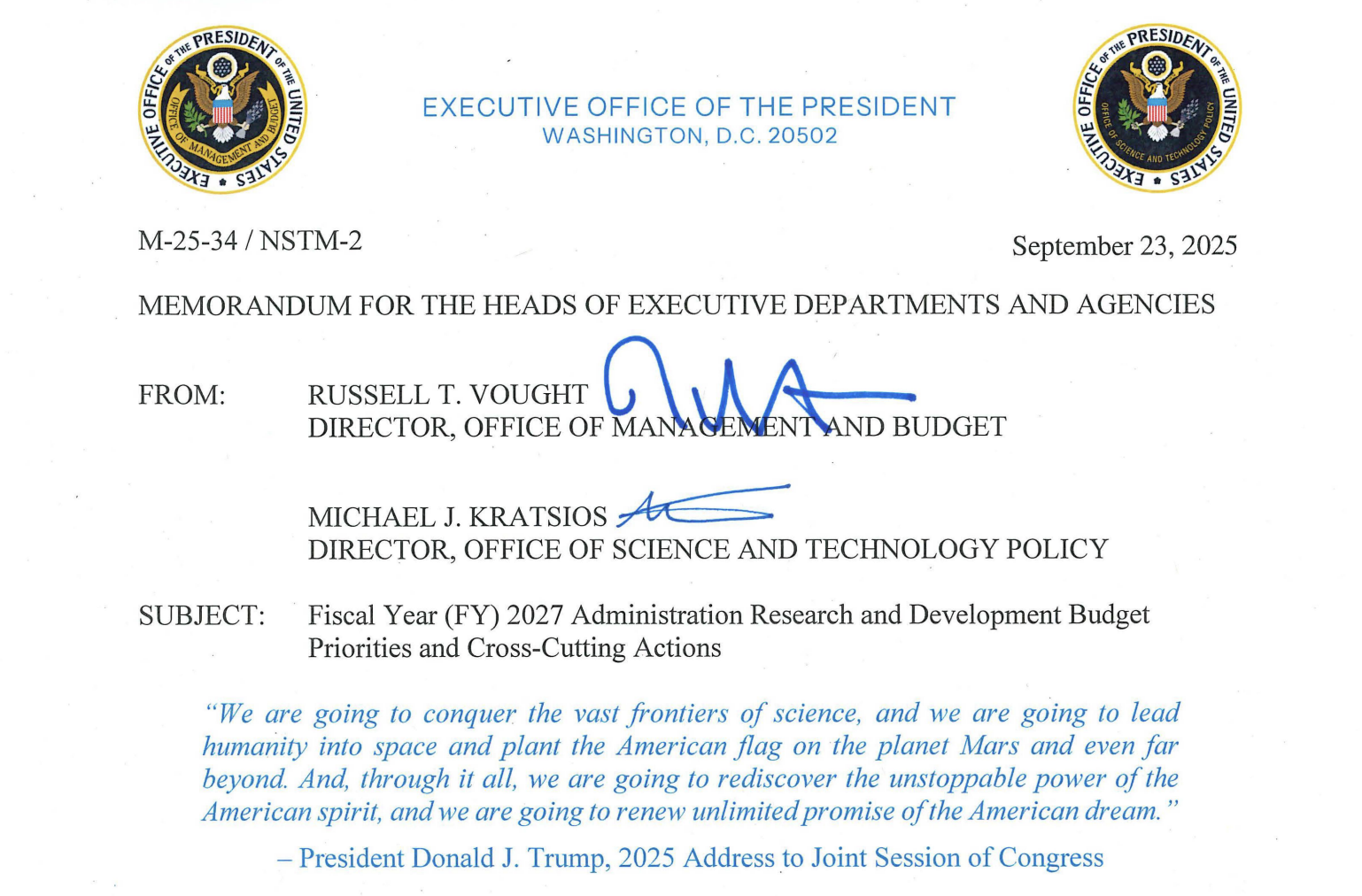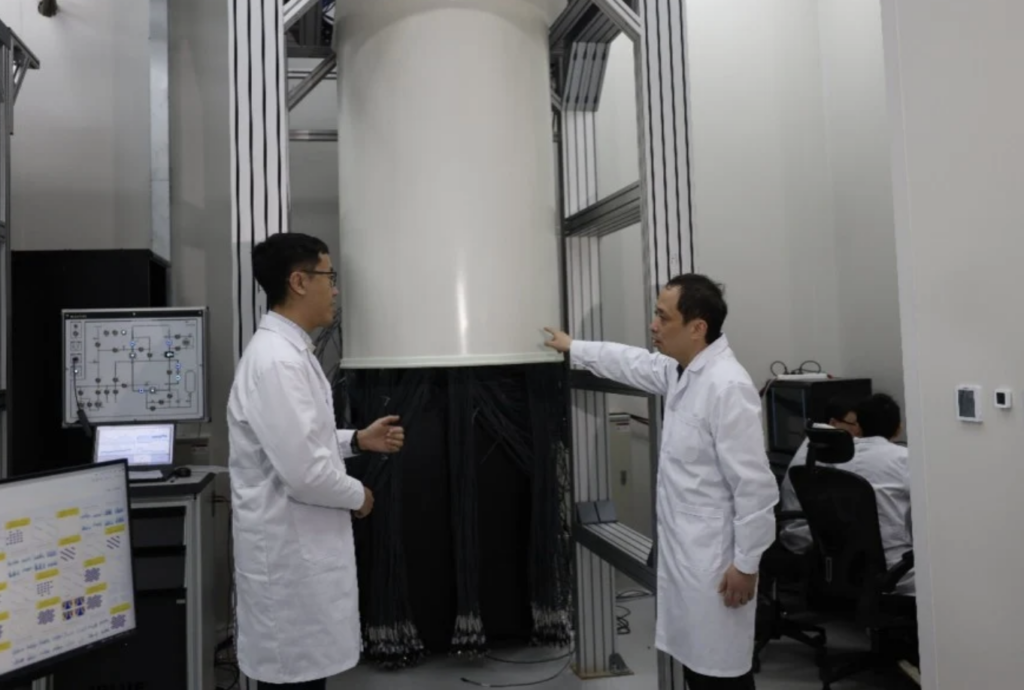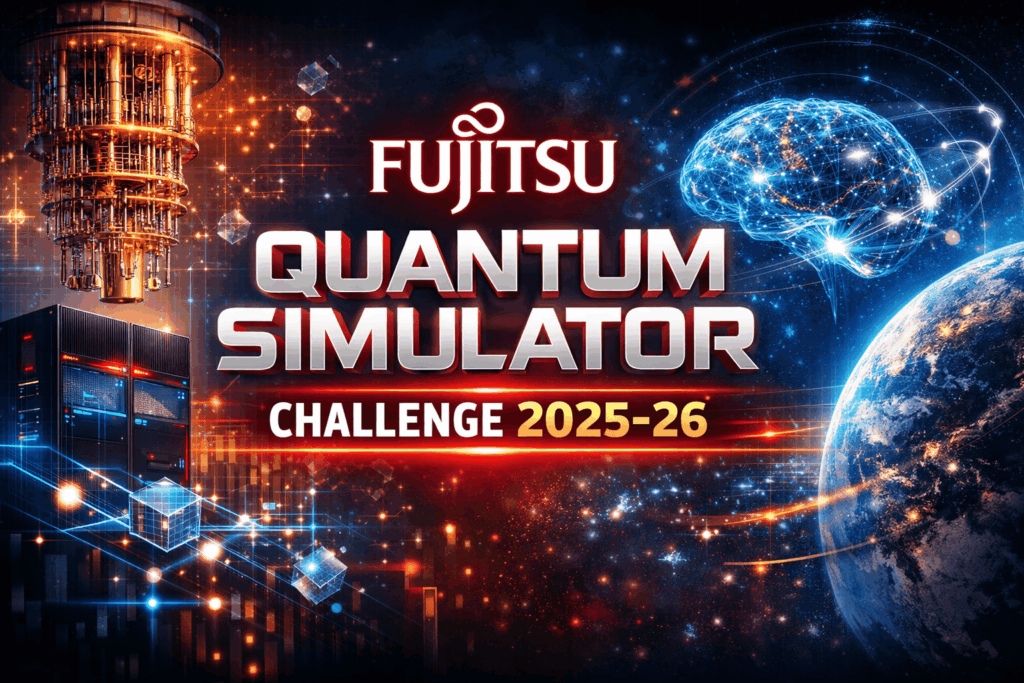Insider Brief
- The White House FY 2027 R&D priorities place quantum science and artificial intelligence at the top, directing agencies to focus on both fundamental research and applied engineering to secure U.S. leadership.
- Federal strategy links AI and quantum advances to supporting technologies like semiconductors, secure networks, and advanced manufacturing, while emphasizing national security, health, energy, and space applications.
- Crosscutting actions call for strengthening research infrastructure, expanding STEM workforce development, and adopting stricter protections against foreign exploitation of U.S. research.
The White House has placed artificial intelligence (AI) and quantum science at the top of federal research and development priorities for 2027, setting a course that ties basic discovery to national security, energy independence, and economic growth.
The policy memorandum, issued by the Office of Management and Budget and the Office of Science and Technology Policy, calls on agencies to realign funding toward what it describes as critical and emerging technologies. The document emphasizes AI, quantum, semiconductors and future computing as cornerstones of U.S. competitiveness, while also tying research priorities to health, defense, space and energy.
The document quotes President Donald Trump’s 2025 Address to Congress: “We are going to conquer the vast frontiers of science, and we are going to lead humanity into space and plant the American flag on the planet Mars and even far beyond. And, through it all, we are going to rediscover the unstoppable power of the American spirit, and we are going to renew unlimited promise of the American dream.”

Quantum at the Core
Quantum science is positioned as one of the pillars of U.S. leadership, according to the document.
“As quantum technologies mature and become increasingly available on the commercial market, bolstering U.S. leadership will require advancing fundamental science while also tackling emerging engineering challenges and strengthening the critical technologies enabling the quantum ecosystem,” officials write.
The memorandum directs agencies to balance fundamental quantum research with investments in applied engineering and commercial readiness. Areas of focus include creating consortia to support pre-competitive research, expanding testbeds and critical infrastructure, and funding advanced manufacturing for quantum devices.
The document also highlights the need to mature enabling technologies — such as materials research and precision engineering — that underpin quantum computing and sensing. Federal efforts will be aimed not only at pushing theoretical boundaries but also at ensuring future end users can deploy practical quantum systems.
Ultimately, this dual-track approach seems to suggest Washington sees quantum technology moving from lab-based experiments into commercial markets and wants federal investment to speed that transition.
AI as Dual Enabler
According to the memorandum, AI is singled out as both a frontier of discovery and a tool for accelerating progress in other sectors. Federal research priorities include designing new computing architectures for AI, developing systems that are more efficient with data, and improving resilience against adversarial manipulation.
The memo also directs agencies to invest in methods that make AI systems interpretable and controllable. Beyond technical goals, the policy outlines applied uses such as using AI to accelerate scientific discovery, improve nuclear energy research, support quantum science and enhance autonomous systems like drones and robotics.
The directive stresses evaluation methods to measure AI reliability and accuracy, along with calls for structured datasets that can train new models. By pushing these efforts, the administration seeks to keep the United States ahead in AI at a time when rivals are pouring resources into the field.
Supporting Technologies: Chips, Networks, and Computing
AI and quantum advances, the memorandum notes, depend heavily on breakthroughs in microelectronics and communications. The policy recognizes that and calls for agency collaboration with industry and universities to sustain U.S. dominance in semiconductors, focusing on next-generation fabrication and characterization tools.
It also urges investment in secure wireless networks, including 5G, 6G, and beyond, with an emphasis on AI-enhanced spectrum sharing and cybersecurity. At the same time, agencies are asked to pursue innovations in computing infrastructure, from exascale systems to edge devices, while exploring new paradigms for resource sharing and partnerships.
Advanced manufacturing — particularly additive methods, robotics, and digital twins — is also flagged as essential, with instructions to use AI and autonomous experimentation to shorten the timeline from materials discovery to deployment.
National Security Dimension
While the memo frames research priorities as engines of economic growth, it ties much of the agenda to defense. Investments in AI-enabled surveillance, hypersonic systems and space-based architectures are presented as essential for military readiness.
Quantum science is directly linked to cybersecurity, with a mandate to prepare the nation for post-quantum cryptography and to build resilience against future attacks. The memorandum underscores the need to safeguard federally funded research from exploitation by foreign adversaries, instructing agencies to adopt risk-based protection practices.
The administration also places emphasis on the “Golden Dome” missile defense initiative, calling for R&D into directed energy, trusted autonomy and space maneuverability. In this framing, frontier technologies are not only about discovery but also about maintaining technological advantage in conflict scenarios.
Health, Energy, and Space Priorities
Beyond AI and quantum, the memorandum extends R&D focus areas to biotechnology, energy and space exploration. Federal support will target advanced nuclear fission and fusion, biomanufacturing, and health research ranging from chronic disease to agricultural resilience.
Space investments are framed as both civilian and defense goals, including research for human missions to the Moon and Mars, and the development of novel sensing systems and advanced propulsion. These ambitions link back to broader calls for a resurgence of American space dominance.
The document also identifies five “crosscutting actions” designed to sustain the broader research ecosystem. These include implementing what it terms “Gold Standard Science,” expanding STEM education and workforce development, and investing in shared research infrastructure.
According to an executive order Executive Order 14303 issued in the summer “Gold Standard Science” is:
- Without conflicts of interest.
- Reproducible.
- Transparent.
- Communicative of error and uncertainty.
- Collaborative and interdisciplinary.
- Skeptical of its findings and assumptions.
- Structured for falsifiability of hypotheses.
- Subject to unbiased peer review.
- Accepting of negative results as positive outcomes.
Collaborations Across The Ecosystem
The memo stresses the importance of collaboration across government, academia, and industry, along with new models for public-private partnerships. Agencies are directed to increase data sharing while protecting sensitive R&D programs from theft. By focusing on high-value research efforts, the administration aims to maximize the impact of taxpayer-funded science.
While the memorandum outlines bold ambitions, its success depends on implementation and sustained funding. Critics of past federal R&D strategies have noted gaps between announced priorities and actual budget allocations. Another limitation is the balance between long-term basic science and near-term applied outcomes; the document leans heavily on tying research to mission-driven purposes, which may risk underinvestment in exploratory science without clear immediate applications.
Looking ahead, the administration envisions a research ecosystem that is more centralized, more protective against external threats, and more explicitly tied to national strategy. AI and quantum science remain at the heart of this effort, not only as fields in themselves but as enablers across health, energy, defense, and space.
About The Quantum Insider
The Quantum Insider is recognized as the world’s leading source for timely quantum computing news, industry insights, and market intelligence. Our editorial team delivers trusted analysis to researchers, investors, and industry leaders.
















